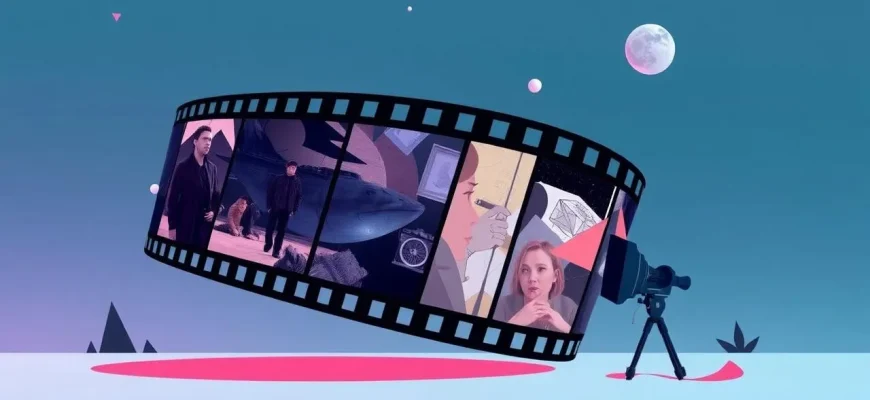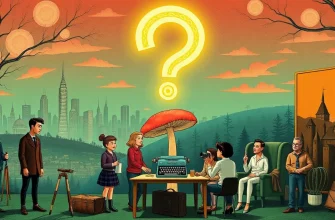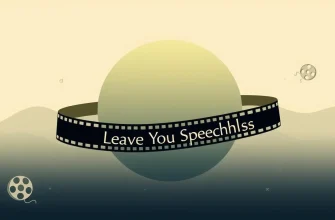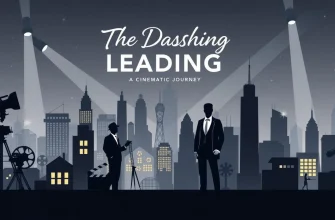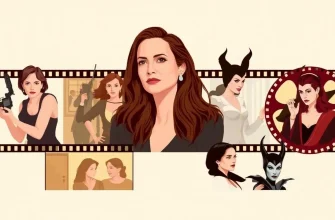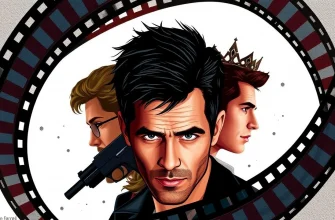Cinema has always been a medium for storytelling, but some films go beyond the conventional narrative to offer experiences that are truly out of this world. This curated list of the "Top 10 Most Bizarre Films of All Time" showcases movies that challenge our perceptions, push the boundaries of storytelling, and often leave viewers in a state of bewilderment. Whether through surreal visuals, unconventional plots, or unique filmmaking techniques, these films are not just movies; they are experiences that linger long after the credits roll. Here's a journey into the weird and wonderful world of cinema.
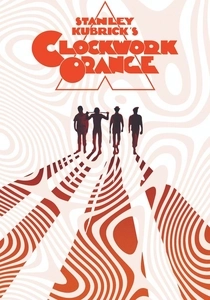
A Clockwork Orange (1971)
Description: Stanley Kubrick's adaptation of Anthony Burgess's novel explores themes of free will, violence, and societal control through the story of Alex, a charismatic but sociopathic youth. Its use of Beethoven's music and ultra-violence makes it both disturbing and unforgettable.
Fact: Kubrick withdrew the film from UK cinemas after it was linked to copycat violence. The film's iconic costume was inspired by the fashion of the time.
 Watch Now
Watch Now 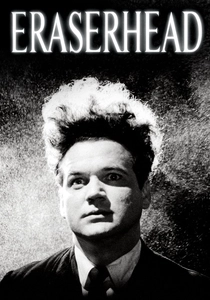
Eraserhead (1977)
Description: David Lynch's debut feature is a surreal, nightmarish journey into the psyche of a man dealing with fatherhood and industrial decay. Its bizarre imagery and unsettling atmosphere make it a landmark in experimental cinema.
Fact: The film was shot over five years with Lynch living in the studio. The baby in the film was made from a calf fetus.
 Watch Now
Watch Now 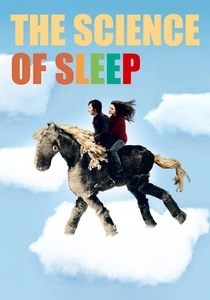
The Science of Sleep (2006)
Description: Michel Gondry's film blurs the line between dreams and reality, following a man whose vivid dreams start to invade his waking life, creating a surreal and whimsical narrative.
Fact: The film was shot in Paris with many scenes improvised by the actors. The dream sequences were created using practical effects and stop-motion animation.
 Watch Now
Watch Now 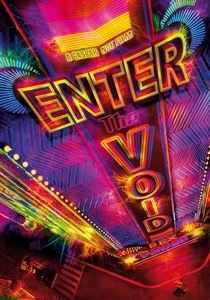
Enter the Void (2009)
Description: Gaspar Noé's film follows a drug dealer in Tokyo after his death, exploring themes of life, death, and reincarnation through a visually stunning and disorienting first-person perspective.
Fact: The film took over a decade to make due to its complex visual effects and Noé's perfectionism. The opening credits sequence is one of the longest in cinema history.
 Watch Now
Watch Now 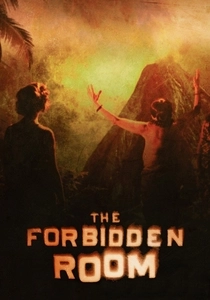
The Forbidden Room (2015)
Description: Guy Maddin and Evan Johnson's film is a series of nested stories, each more bizarre than the last, exploring themes of memory, identity, and the subconscious through a visually and narratively experimental approach.
Fact: The film was inspired by lost films from the silent era. It features over 150 characters, many of whom appear only briefly.
 Watch Now
Watch Now 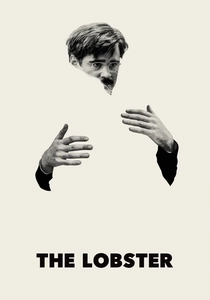
The Lobster (2015)
Description: Yorgos Lanthimos's dystopian tale where single people must find a romantic partner within 45 days or be transformed into animals, is both absurd and darkly comedic, offering a unique commentary on love and societal expectations.
Fact: The film was shot in Ireland, with many scenes filmed in a hotel that was closed for the production. The title "The Lobster" refers to the protagonist's choice of animal transformation.
 Watch Now
Watch Now 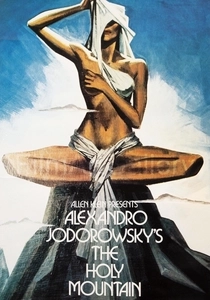
The Holy Mountain (1973)
Description: Alejandro Jodorowsky's masterpiece blends mysticism, allegory, and avant-garde filmmaking to tell the story of a thief's spiritual journey. Its visual style and thematic depth make it one of the most bizarre films ever made.
Fact: Jodorowsky funded the film by selling his rights to "El Topo" to Allen Klein. The film was banned in several countries for its explicit content.
 30 Days Free
30 Days Free 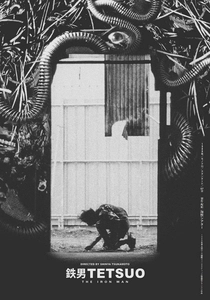
Tetsuo: The Iron Man (1989)
Description: Shinya Tsukamoto's cyberpunk horror film about a man transforming into a metal creature is a visceral, chaotic, and visually arresting experience, known for its low-budget, high-impact style.
Fact: The film was shot in black and white to save on costs and to give it a more industrial, gritty feel. Tsukamoto played the lead role himself.
 30 Days Free
30 Days Free 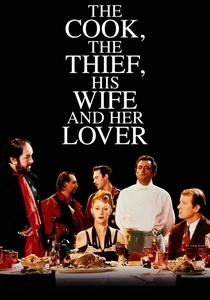
The Cook, the Thief, His Wife & Her Lover (1989)
Description: Peter Greenaway's film is a visually opulent exploration of power, decadence, and revenge, set in a lavish restaurant where the lines between food, sex, and violence blur.
Fact: The film's sets were designed to reflect different aspects of the characters' personalities. The color scheme changes with each room, symbolizing the progression of the story.
 30 Days Free
30 Days Free 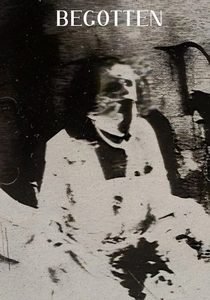
Begotten (1990)
Description: E. Elias Merhige's experimental film uses stark, black-and-white imagery to depict a creation myth, focusing on themes of birth, death, and rebirth in a manner that is both poetic and profoundly disturbing.
Fact: The film was shot on a budget of $35,000 and took three years to complete. It has no dialogue, relying entirely on visual storytelling.
 30 Days Free
30 Days Free 
